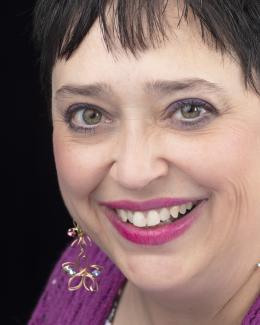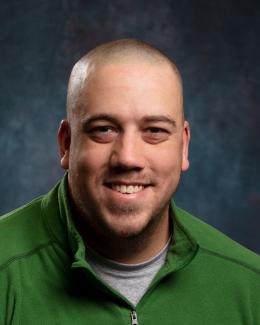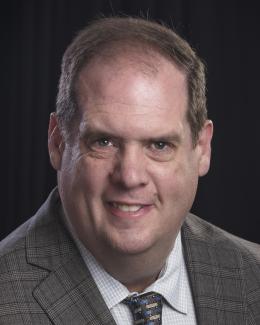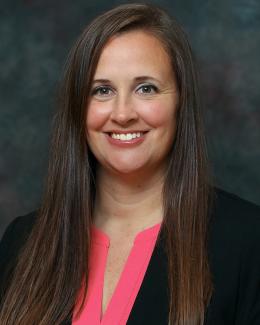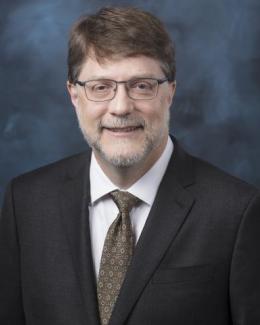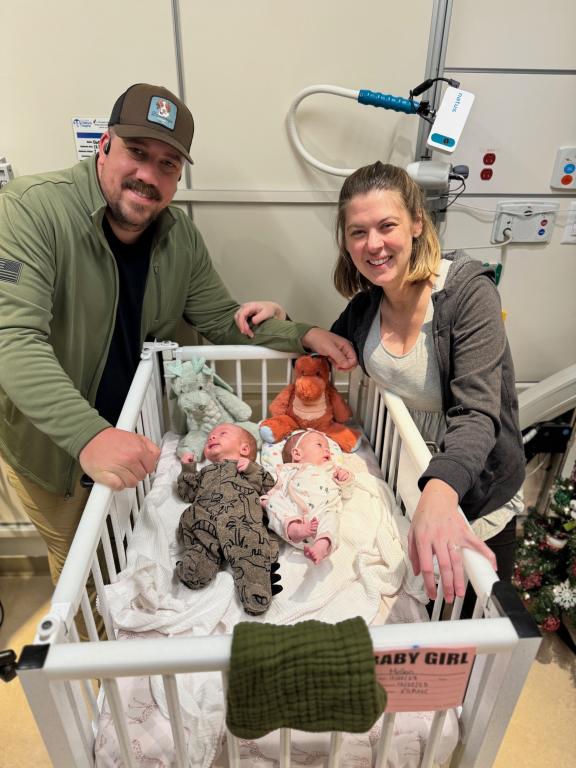
Ben Mellon was on his fourth week of sleeping in the East Tennessee Children’s Hospital neonatal intensive care unit, or NICU, when he learned his Oak Ridge National Laboratory coworkers had raised $20,000 to help buy a premature infant training simulator for the hospital.
By then, Mellon, an information technology specialist at ORNL, already had seen the impact that donation could have.
Mellon and wife Ashley became first-time parents Dec. 22, after Ashley gave birth prematurely to twins Dottie May and Bear Michael.
Bear, weighing in at 6 pounds, 2 ounces, initially needed help breathing and spent about 10 days in the NICU before being released. But Dottie, who weighed 4 pounds, 13 ounces, was born with a rare birth defect, necessitating a longer stay.
The Mellons knew before Dottie was born that she had an omphalocele, a sort of sac that occurs on the outside of the abdomen when the abdominal walls don’t form normally early in pregnancy. Typically, a developing fetus’ intestines extend outside the abdomen into the umbilical cord but return into the abdomen as the fetus grows. When this doesn’t happen, an omphalocele forms and can vary in size from containing only a portion of small intestine to containing most of the abdominal organs, as Dottie’s does. About 30% of newborns with omphalocele don’t survive, and many others have additional medical issues.
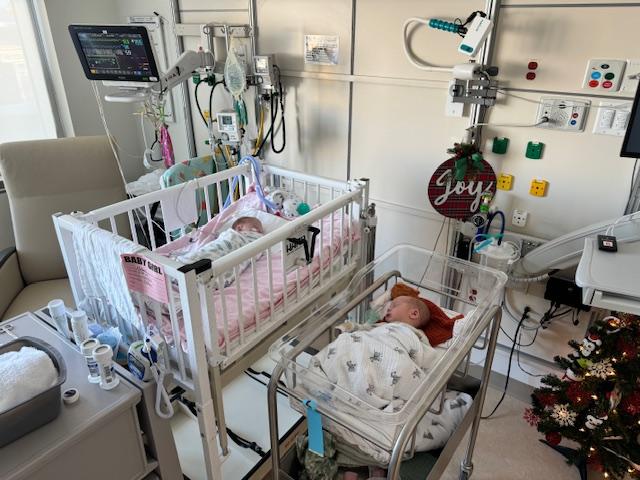
“It was very scary in the beginning of the pregnancy,” Ben Mellon said. “We were pretty much told she wasn’t going to make it.”
But extensive testing ruled out any associated genetic disorders, leading the Mellons’ doctor to believe that Dottie would have a relatively good chance of the omphalocele shrinking and the organs moving back into place, with surgery required afterward.

Before the birth, the Mellons had steeled themselves for a lengthy stay in the hospital’s NICU as Dottie took time to heal. Nevertheless, it was an emotional time, Ben said – made even more so when he happened to notice a small plaque next to the door of their room in the NICU. “For the children of East Tennessee,” the plaque read, and then, “UT-Battelle.” The contractor, which operates ORNL for the Department of Energy, had donated money for the private room when the hospital opened a new NICU unit in 2016.
Ashley had previously worked for ORNL, as well as for Scripps Networks, for which the tower that houses the NICU is named. Ben currently is the IT specialist matrixed to the U.S. ITER Project Office at ORNL, a position he’s held since 2018. But his history with the lab goes back much further. He began his career as a photography intern in Creative Services, then spent four years as an IT technologist with the Solution Center. Since 2007, he’s also served in the Tennessee Air National Guard, for which he has worked as both a photojournalist and a computer systems administrator.
Wanting to work for the lab, Mellon said, was in his blood. His father spent 37 years at ORNL, working in forestry and as a materials clerk; his grandfather and great-uncle both spent long careers here.
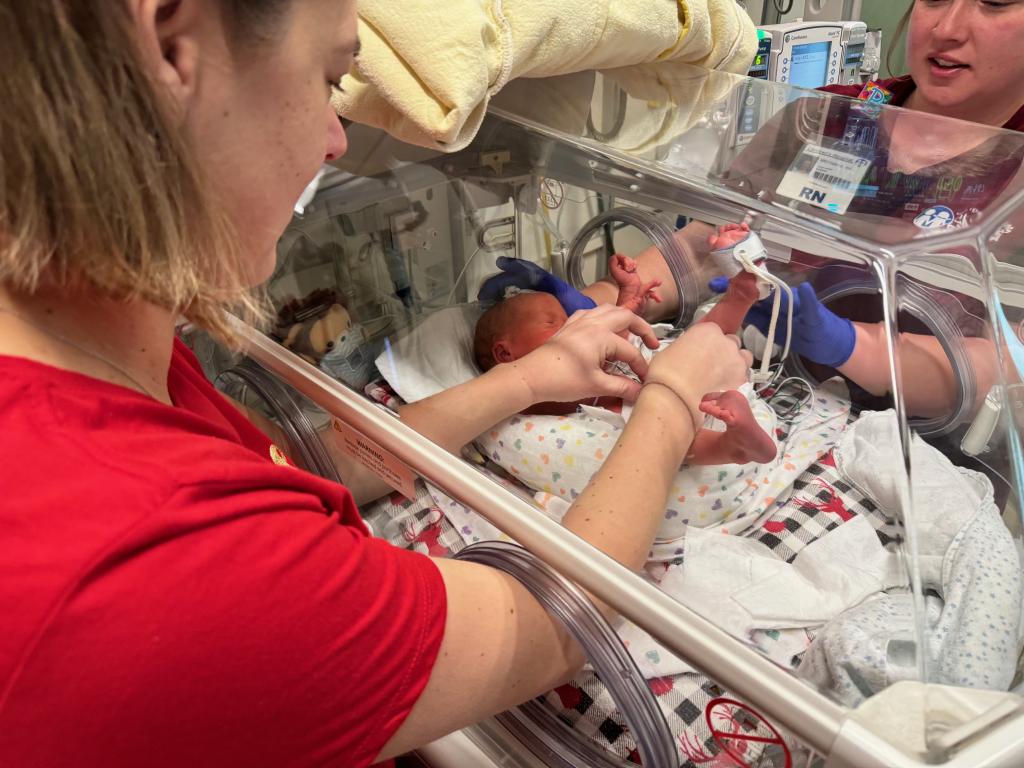
“I just can’t imagine ever working somewhere else,” Mellon said. “I will be a very happy and blessed man if I can spend the next 30 years working at ORNL and retire from here someday.”
Mellon said his supervisors have been “beyond supportive” of his need to stay at the NICU with his daughter, allowing him to use flex time, work remotely and take on special projects that can be done asynchronously.
“To be able to support my family and also my lab family at the same time has been a great blessing,” he said, adding that Information Technology Services Director Kris Torgerson came by bearing gifts from coworkers, who “have continued to reach out and check on me, not about work, but just to make sure my family and I have everything we need and are doing well.”
On Jan. 22, Mellon was moved to email ORNL Director Stephen Streiffer, sharing his gratitude for his job flexibility, coworkers and the NICU room funded by UT-Battelle. He concluded the email, “ORNL and UT-Battelle have made an unbelievable impact on my family history and my family present, and I’m just incredibly blessed to be a part of the ORNL family. I hope this is an encouragement to you that you have made a WONDERFUL decision to join our family as well! I hope that one of these days I can meet you, shake your hand and say thank you in person.”
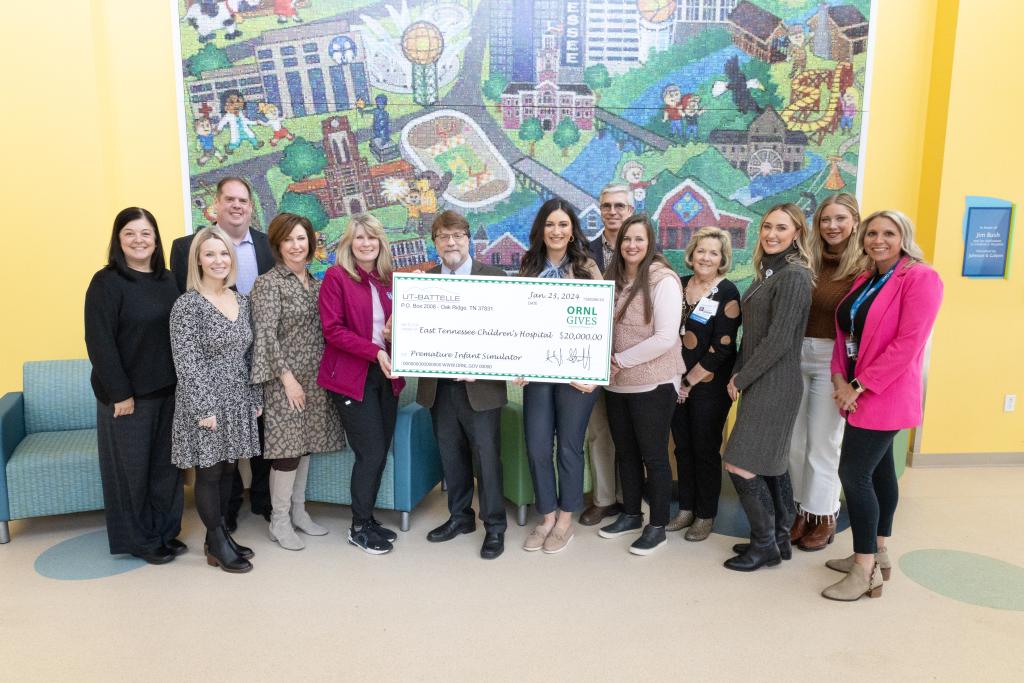
That happened sooner than he expected. Later the same week, Streiffer accompanied Isotope Science and Engineering Directorate Associate Laboratory Director Jeremy Busby, Facilities and Operations Director Ann Weaver and other employees to the hospital to present a check for $20,000. ISED and F&O employees had engaged in a three-month drive with multiple events to raise the money, which will go toward a robotic premature infant simulator for the hospital’s Discovery Innovation and Simulation Center. The center, in which health providers and community partners train for multiple types of interventions on babies of all ages, includes full neonatal intensive care and pediatric intensive care unit simulations.
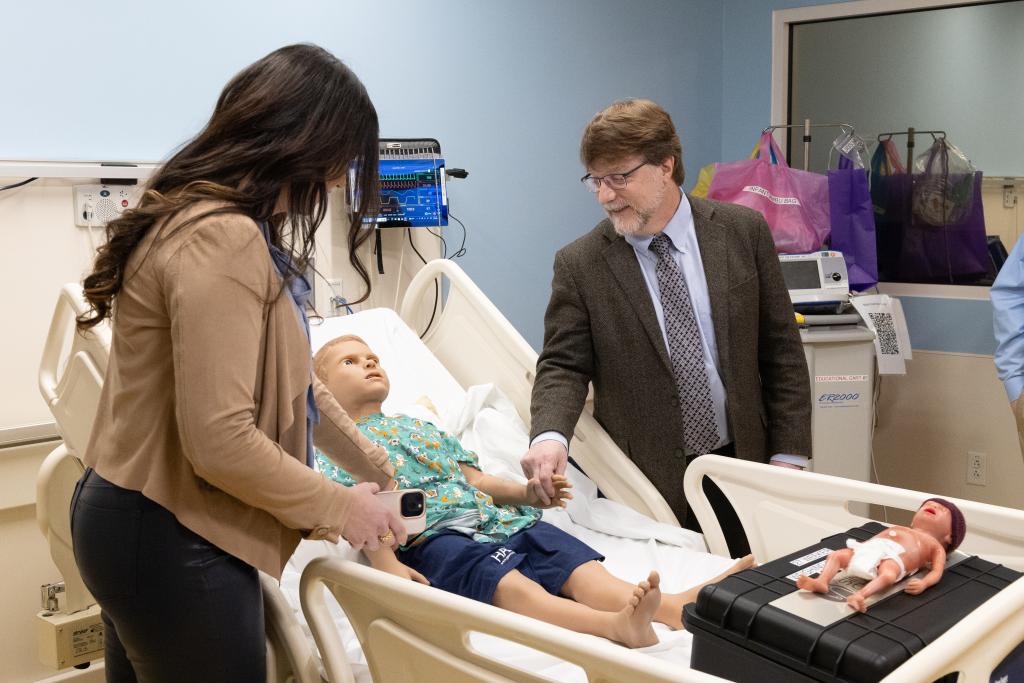
“It’s our honor to make an investment in the lives of children throughout this region,” Streiffer said. “East Tennessee Children’s Hospital provides crucial education to practitioners who impact thousands of families, and Oak Ridge National Laboratory is happy to support that worthy endeavor.”
Mellon said his family has seen firsthand how important that training is.
“The simulators help prepare the staff to do all the things they have done for us that are making such a huge impact,” Mellon said, detailing NICU staff’s immediate response to an infection Dottie developed, which was treated quickly without permanent effects. “They’re able to solve a problem before it’s even a problem.”

While at the hospital for the check presentation, Streiffer and the group made a point to visit the Mellon family in the NICU.
“I was on a Teams call, working, when I got a knock at the door,” Mellon said. “I was absolutely floored. I’d supported a lot of these folks during my nine years at the lab. To have them show up to see us was pretty mind-boggling. It’s really a testament to the leadership we have at the lab now.”
Dottie, who continues to improve, went home Jan. 31, after 41 days in the NICU and will have some home health care. She’s able to eat and eliminate normally. Her liver is now in the right place, with her intestines on track to follow. In a few months, she’ll return to the hospital for the surgery to close the omphalocele.
“We’ll always be thankful for the wonderful staff who have taken care of us and how incredible this place really is,” Mellon said.
UT-Battelle manages ORNL for DOE’s Office of Science, the single largest supporter of basic research in the physical sciences in the United States. The Office of Science is working to address some of the most pressing challenges of our time. For more information, please visit energy.gov/science.
